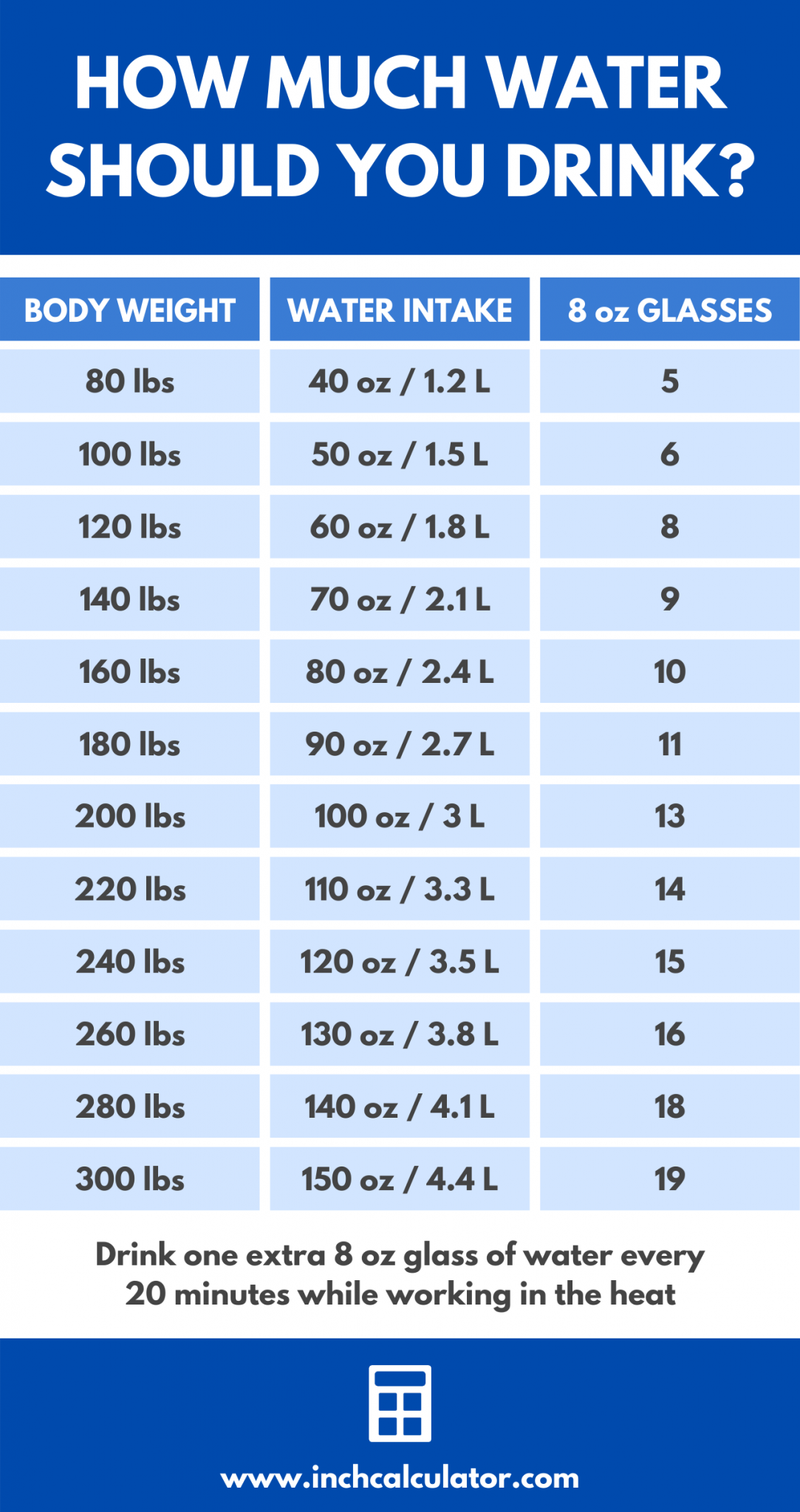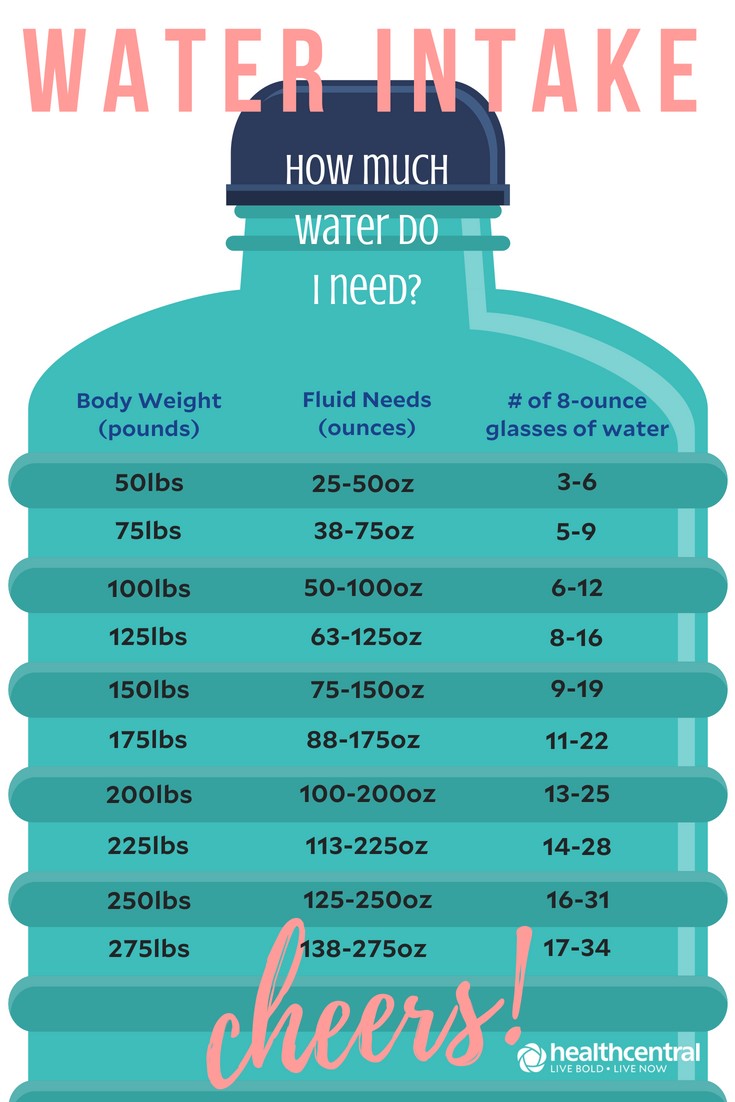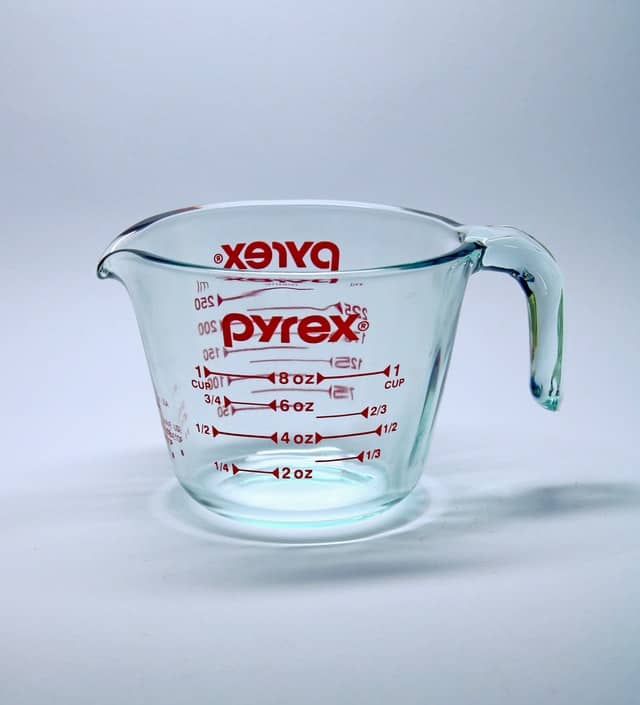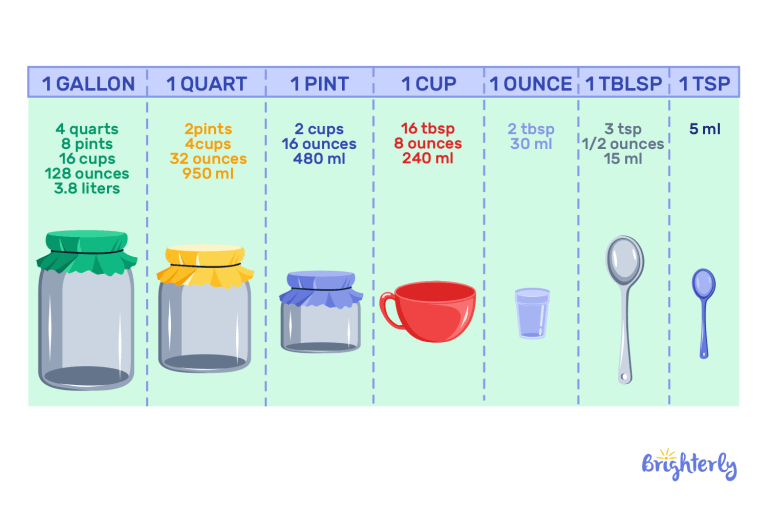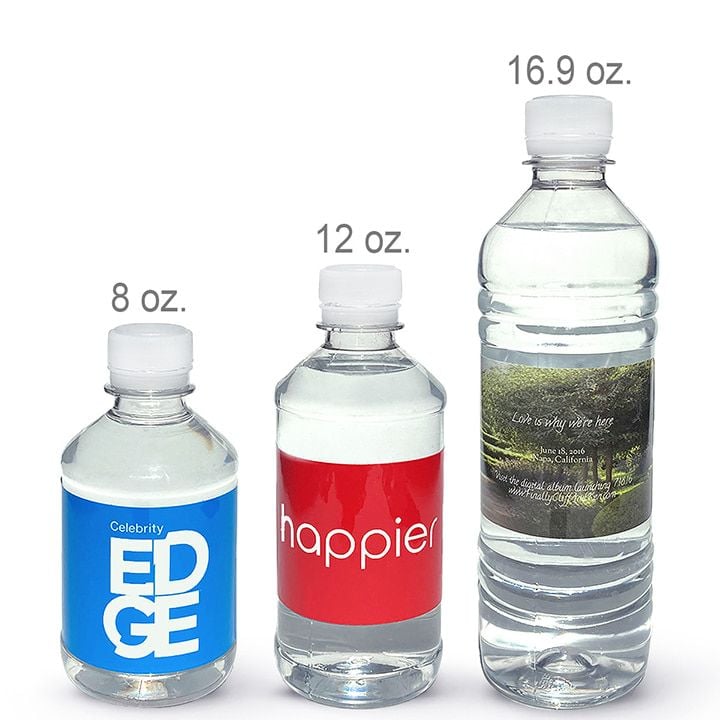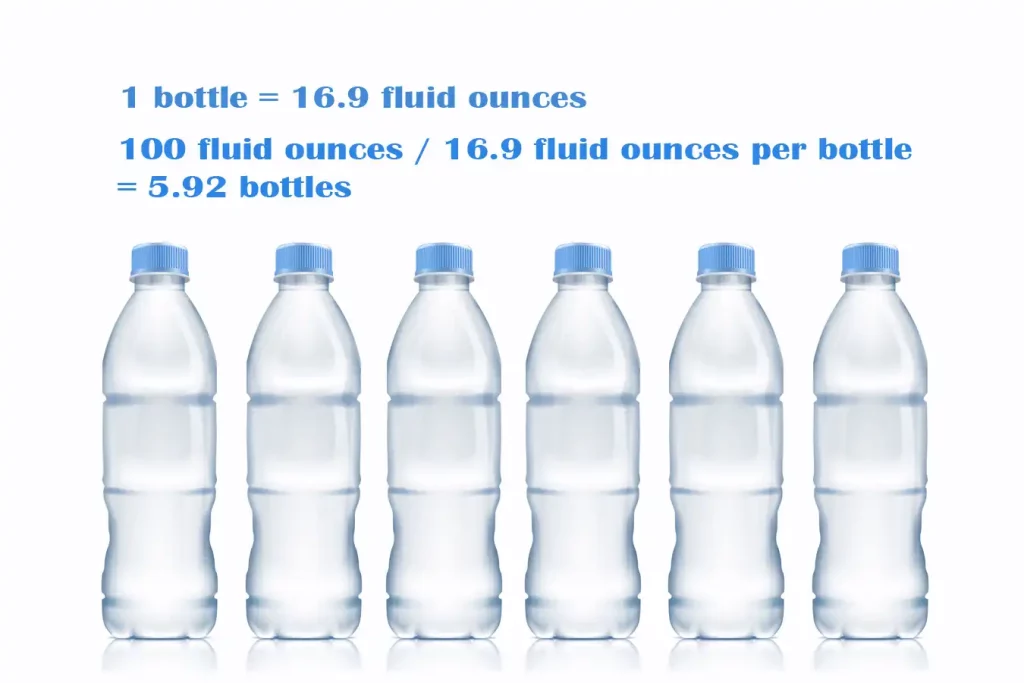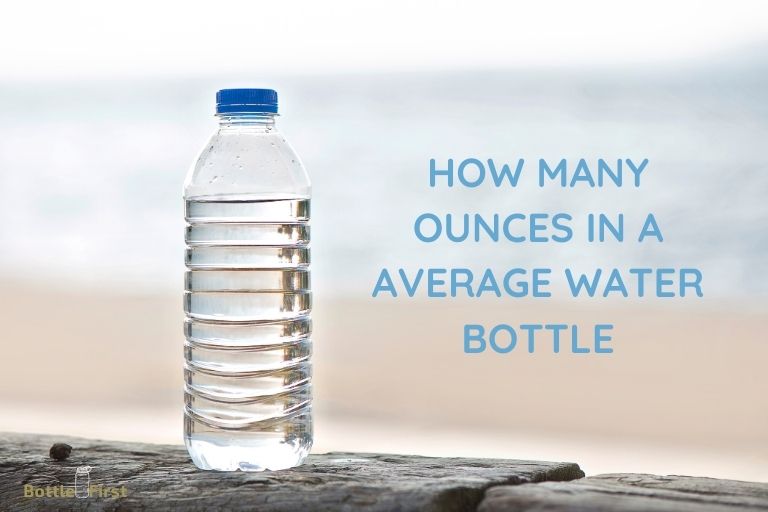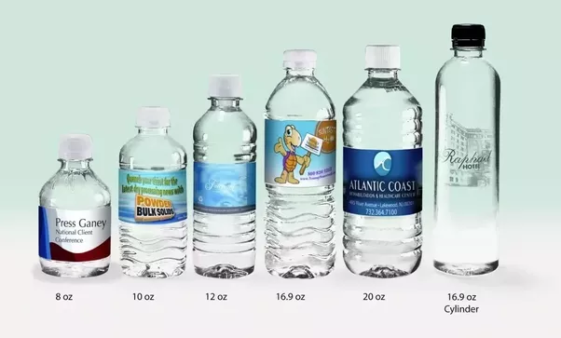How Much Is 90 Ounces Of Water

Staying adequately hydrated is crucial for maintaining overall health, but how much water do we really need each day? A frequently cited recommendation is 90 ounces, but what does that actually look like in practical terms, and is it truly the right amount for everyone?
This article delves into the reality of 90 ounces of water, exploring its volume equivalents, potential benefits, factors influencing individual hydration needs, and expert opinions on achieving optimal fluid intake. Understanding these nuances empowers individuals to make informed decisions about their daily hydration habits.
What Does 90 Ounces Look Like?
90 ounces of water equates to approximately 11.25 cups or 2.66 liters. Visually, this could be imagined as roughly four standard 24-ounce water bottles or about eleven 8-ounce glasses.
Understanding these conversions helps translate a numerical recommendation into a tangible daily goal.
The Benefits of Adequate Hydration
Maintaining sufficient hydration levels plays a vital role in numerous bodily functions. These include regulating body temperature, transporting nutrients, lubricating joints, and removing waste products.
Dehydration, on the other hand, can lead to fatigue, headaches, impaired cognitive function, and even more serious health complications. Studies published by the National Institutes of Health (NIH) consistently highlight the link between proper hydration and overall well-being.
Factors Influencing Individual Hydration Needs
While 90 ounces is a common guideline, it's important to recognize that individual hydration needs vary significantly. Activity level is a major factor; those engaged in strenuous exercise or physical labor require more fluids to compensate for sweat loss.
Climate also plays a crucial role; hotter and more humid environments increase perspiration and necessitate higher water intake. Body size, diet, and overall health conditions are also important considerations.
For example, individuals with certain medical conditions, such as kidney problems or heart failure, may need to limit their fluid intake as advised by their physician.
Expert Opinions on Optimal Fluid Intake
The U.S. National Academies of Sciences, Engineering, and Medicine suggests an adequate daily fluid intake of approximately 15.5 cups (124 ounces) for men and about 11.5 cups (92 ounces) for women.
It’s crucial to note that these recommendations encompass total fluid intake, which includes water from food and other beverages, not just plain water. "Listen to your body," advises Dr. Emily Carter, a registered dietitian, "Thirst is a reliable indicator of dehydration. Don't wait until you're thirsty to drink."
Dr. Carter also emphasizes that the 90-ounce guideline serves as a starting point, not a rigid rule. Individuals should adjust their intake based on their unique needs and circumstances.
Beyond Water: Other Sources of Hydration
While water is the most obvious and readily available source of hydration, other beverages and foods can contribute significantly to daily fluid intake. Fruits and vegetables with high water content, such as watermelon, cucumbers, and spinach, can help boost hydration levels.
Sports drinks can be beneficial for replenishing electrolytes lost during intense physical activity, but they should be consumed in moderation due to their sugar content. Caffeinated beverages, such as coffee and tea, have a diuretic effect, but their net impact on hydration is often minimal, especially for regular consumers.
Tips for Staying Hydrated Throughout the Day
Making hydration a conscious habit can significantly improve overall well-being. Keep a water bottle readily accessible throughout the day, whether at home, at work, or on the go. Set reminders on your phone or computer to drink water regularly.
Pair drinking water with other daily routines, such as after waking up, before meals, and after exercising. Experiment with adding fruits or herbs, such as lemon, cucumber, or mint, to your water for added flavor and appeal.
Monitor your urine color; pale yellow or clear urine indicates adequate hydration, while dark yellow urine suggests dehydration.
Potential Impact on Society
Promoting awareness of proper hydration can have a positive impact on public health. By encouraging individuals to prioritize fluid intake, we can potentially reduce the prevalence of dehydration-related health issues and improve overall productivity and cognitive function. Public health campaigns and educational initiatives can play a vital role in disseminating information about the importance of hydration and providing practical tips for achieving optimal fluid intake.
By embracing proactive hydration habits, individuals can empower themselves to lead healthier and more fulfilling lives. Ultimately, finding the right balance of fluid intake is a personal journey that requires awareness, self-assessment, and a commitment to prioritizing well-being.


